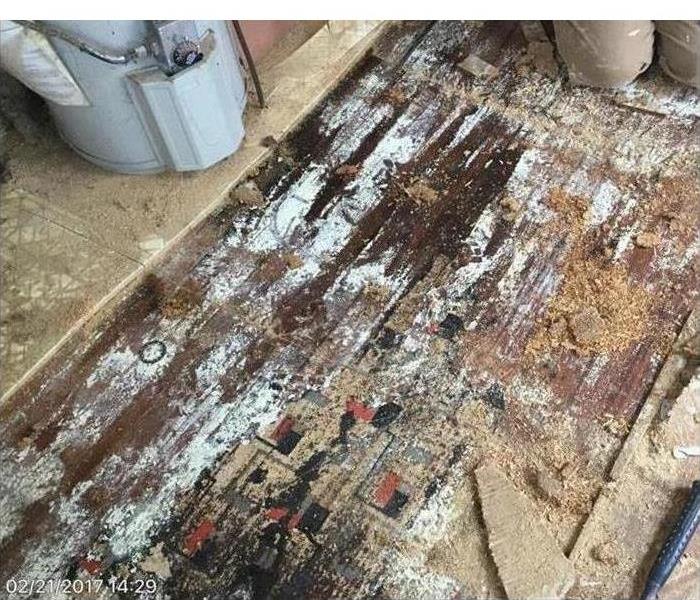Insurance Claims and Mold: Avoiding Claims Through Prevention
3/6/2019 (Permalink)
Insurance Claims and Mold
Fungus growth can occur relatively quickly, but most insurers do not provide mold coverage. Granted, mold can be covered under certain perils, but when occurring over prolonged periods, it is likely not covered. Therefore, to avoid claims and denials, it becomes about mold prevention and control, and there are a few ways to do that.
1. Consider Safety
First and foremost, if you already have a mold issue, call for help. Remediation specialists are qualified to handle mold infestations and will ensure that you and your property are safe. While there are certain instances where a DIY path is possible, it is always better to be safe than sorry.
2. Fix Leaks
Fungus growth requires moisture to develop. Therefore, one of the easiest forms of prevention is to have a plumbing inspection and fix any leaks. Additionally, inspect your roof and window and door seals, fixing any issues that are visible.
3. Control Humidity Levels
Beyond eliminating leaks, you can invest in dehumidifiers for heavy moisture areas in your home. For instance, basements and attics are notorious for mold growth and development. You may also want to inspect your bathroom fan and kitchen and laundry exhaust units to ensure that the ventilation in your home is working properly.
4. Call for Assistance
While mold insurance coverage may not be as inclusive and expansive as you’d like, prevention can help you secure your property. However, if you have any questions about prevention or are in need of an inspection, you can call a mold remediation specialist in the Franklin, KY, area to assist you.
Fungus growth, though common, is not often covered under most insurance policies. Therefore, it is up to property owners to use preventative measures to protect their homes. By fixing leaks and controlling humidity levels, homeowners do a great deal to stave off the threat of mold growth.




 24/7 Emergency Service
24/7 Emergency Service
